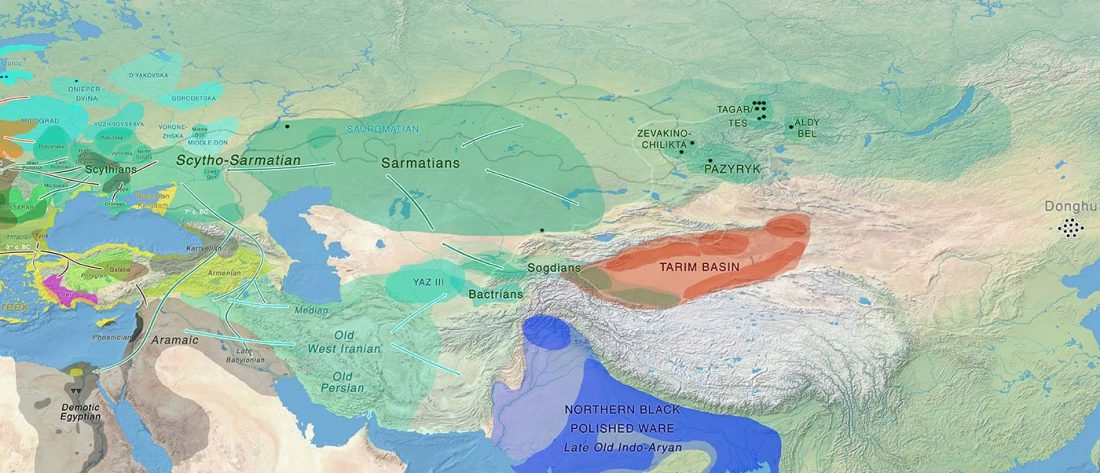Maternal genetic features of the Iron Age Tagar population from Southern Siberia (1st millennium BC), by Pilipenko et al. (2018).
Interesting excerpts (emphasis mine):
… Read the rest “The Iron Age expansion of Southern Siberian groups and ancestry with Scythians”The positions of non-Tagar Iron Age groups in the MDS plot were correlated with their geographic position within the Eurasian steppe belt and with frequencies of Western and Eastern Eurasian mtDNA lineages in their gene pools. Series from chronological Tagar stages (similar to the overall Tagar series) were located within the genetic variability (in terms of mtDNA) of Scythian World nomadic groups (Figs 5 and 6; S4 and S6 Tables). Specifically, the Early Tagar series

